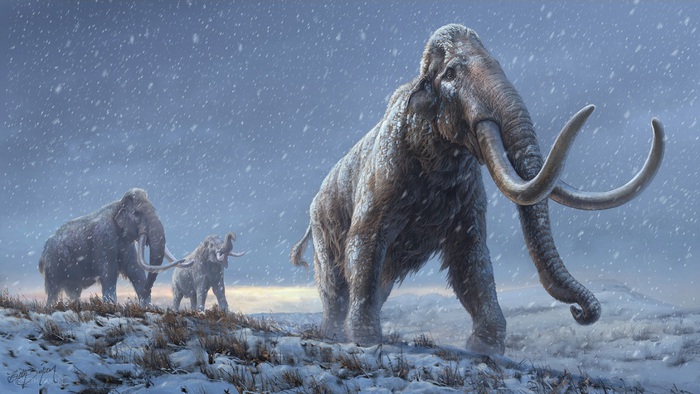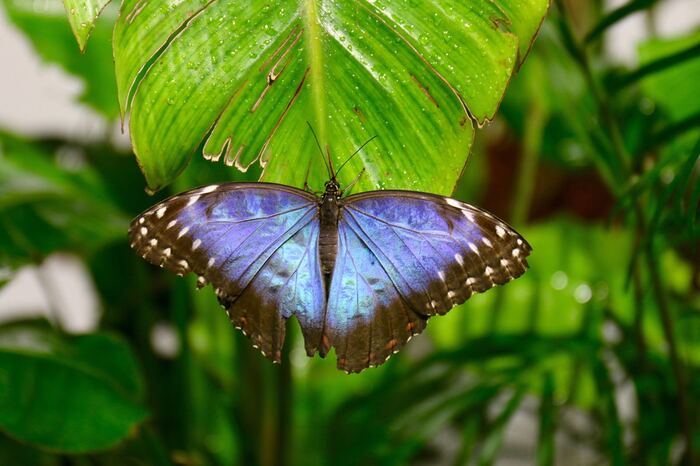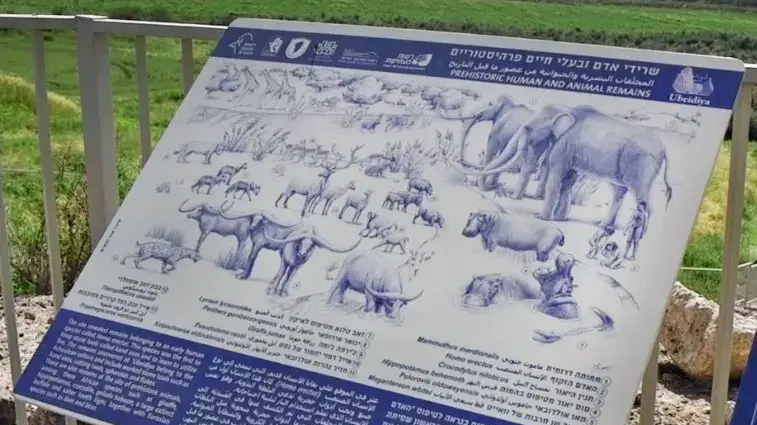The oldest DNA ever sequenced dates back over a million years: extracted from mammoth teeth preserved in the Siberian permafrost, it reveals the evolution of these massive prehistoric mammals, showing their slow adaptation to cold and indicating the existence of a species mysterious never identified before.
The result is published in the journal Nature by an international research group led by Stockholm University's Center for Paleogenetics.
The study examined the DNA taken from the molars of three mammoth specimens: the most recent dates back to 870,000 years ago, while the two oldest would have lived respectively 1.65 and 1.34 million years ago.
"The samples are a thousand times older than the remains of the Vikings and even predate the appearance of humans and Neanderthals," says evolutionary genetics expert Love Dalén.
Analyzing them was like taking an incredible dive into the past, considering that so far the oldest DNA sequenced was that of a horse that lived between 560,000 and 780,000 years ago.
The extraction of the genetic material from mammoth teeth was not easy: in fact, only small amounts of DNA were present in the samples, degraded into tiny fragments.
The effort was however rewarded, given the results of the analyzes.
The oldest mammoth (called 'Krestovka' from the name of the place where it was found) could in fact belong to an unknown evolutionary line that would coexist with the mammoths of the steppes, so far considered the only ones existing in that period in Siberia.
The mysterious mammoths would have even colonized North America 1.5 million years ago: from the crossing with the woolly mammoths, the Columbian mammoths would have been born.
Another interesting element emerges from the analyzes on the second oldest mammoth specimen, called 'Adycha': it was in fact an ancestor of the woolly mammoth and in the genome it already had the genes necessary to survive the harsh Arctic climate, an adaptation that would therefore have been developed gradually over time.















